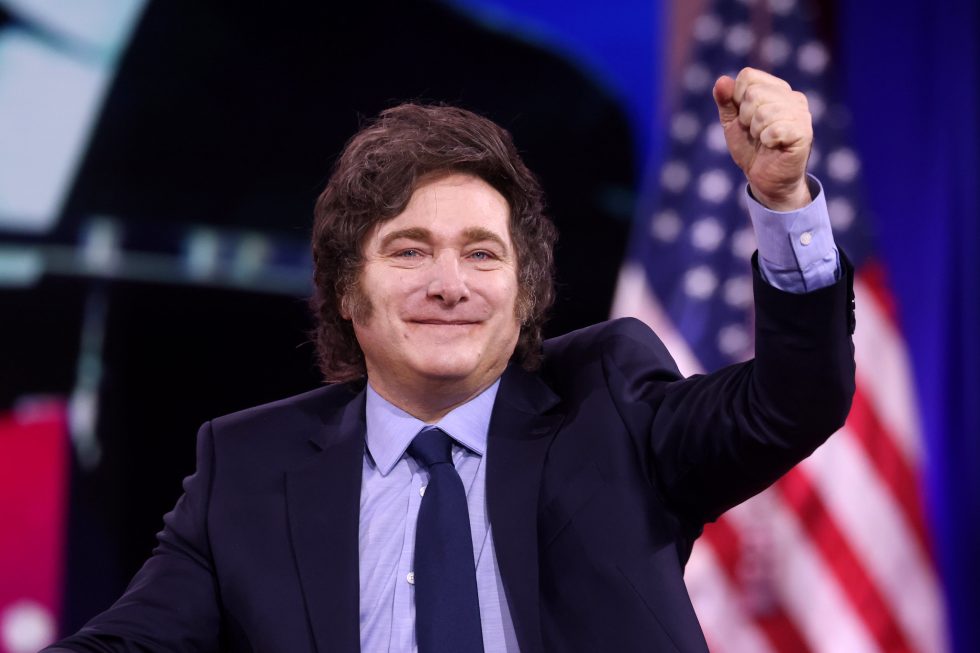
Cover photo: Argentine President Javier Milei speaking at the Conservative Political Action Conference in Maryland, United States, in February. Photo: Gage Skidmore, Flickr.
The original version of this article was published in Italian by the same author on 11 September 2025.
There is a thread connecting Donal Trump, Javier Milei, and other populist leaders. It is not just mutual admiration or shared hostility towards traditional elites – it is the awareness that they all operate within the same political-media ecosystem, one shaped by social media.
Over the past decade, populist leaders have navigated these platforms with a fluency their opponents never matched. They understood, earlier and more clearly than others, that virility is a form of power – and that attention matters more than ideas when it comes to winning consensus.
The rise of social media shattered the centuries-old structure of information flow where a few spoke to the many – now, it is the many talking to themselves.
It is within this horizontal and chaotic space that populists have thrived, turning direct connection with the public into a political weapon, and information disorder into a competitive advantage.

Yet this landscape is now shifting.
A study conducted by the research firm GWI for the Financial Times, based on 250.000 adults across more than 50 countries, shows that time spent on social media peaked in 2022 and has been steadily declining since.
Adults in developed countries now spend an average of two hours and twenty minutes per day on social platforms – nearly 10% less than two years ago. The sharpest drop is among young people, a generation that seems increasingly fatigued by saturated, repetitive spaces.
It is a subtle yet profound change. Users are not abandoning platforms, they are just no longer active participants. People scroll but rarely engage.
They watch, but don’t speak. According to GWI, the portion of users who go on social media to communicate with friends or express themselves has dropped by more than a quarter since 2014. Social media are turning into anti-social spaces: sites of passive consumption where algorithms replace conversation.
And it is precisely within this vacuum that new social media are emerging.
With the rise of generative platforms developed by Meta and OpenAI, the power to capture attention will shift from people to machines. These new feeds will be filled with videos and avatars created by algorithms capable of mimicking emotion and language.
In this scenario – where artificial intelligence generates content autonomously and endlessly- even something as human as charisma risks becoming something that can be replicated.
Until now, populist leaders have succeeded by mastering the platforms better than anyone else. But what happens when the platforms start mastering them?









